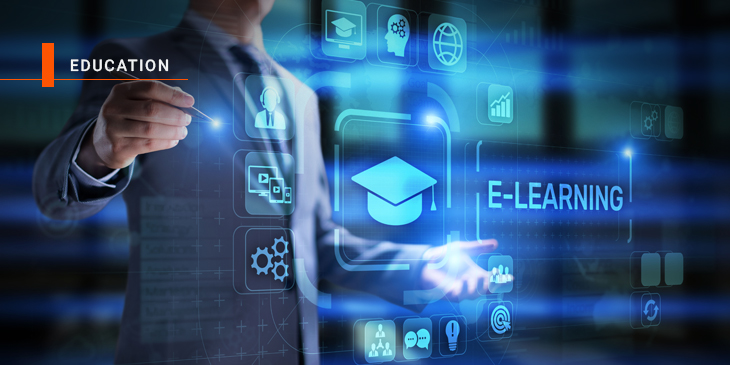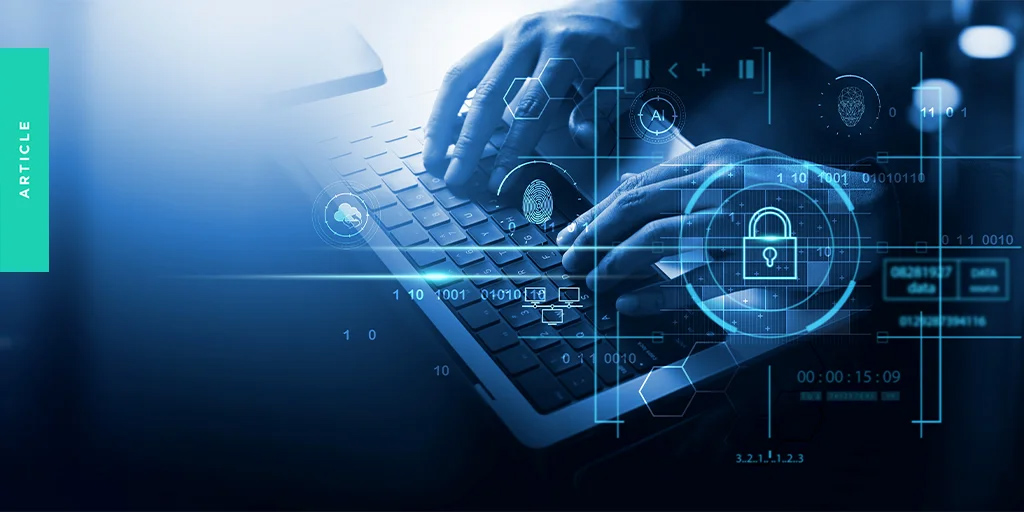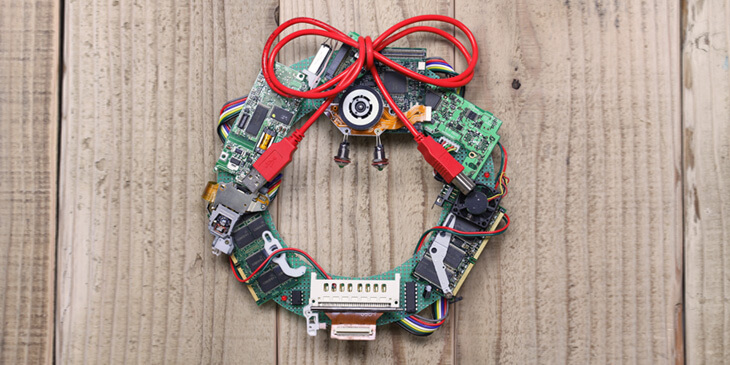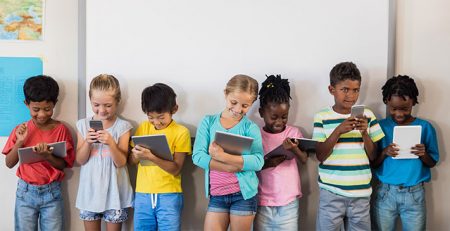4 common learning styles and how to engage them with edtech
Teachers who are universally good at teaching understand it’s not a one-size-fits-all job. They instinctively know that in order to collectively engage an entire class of learners, they must personalize the learning experience on an individual level, too.
They also know they can’t do it alone.
Sometimes, handing the baton to edtech and letting it reinforce their teaching is the best option for everyone. Especially for those with different learning styles, technology can take the same content and tailor it in a way that really lands.
Ahead, we’ll look at some common learning styles and the edtech best suited to teach each of them.
What are the main types of learning styles?
Though learning preferences have probably always existed, it wasn’t until 1987 that someone developed a framework for them. Neil Fleming is the father of the VARK model, which describes various individual learning preferences for different students. VARK addresses four distinct learning styles including: visual, auditory, read/write and kinesthetic.
However, subsequent research has also identified logical, social, verbal and multimodal learners.
For today’s purposes, we’re focusing on the top four.
Visual learning and edtech
It’s estimated that 65% of the population qualify as visual learners. For these students, seeing is believing. A combination of images and text is usually key. Demonstrations, pictures, charts and diagrams make concepts more tangible and help visual learners retain information better.
It’s estimated that 65% of the population qualify as visual learners.
Educators who want to better engage visual learners, can do so by sending certain kinds of visual content to their school-issued laptops, tablets or devices. That might include an infographic to help them review important concepts before an exam. Or, it could involve the use of augmented and virtual reality environments that create more immersive learning experiences. These students may also respond well to programs that allow them to sketch, design or view objects in 3D, particularly in subjects like biology.
Auditory learning and edtech
Some students learn simply by listening. So long as they can attend a lecture, they’re likely to take away what they need and successfully apply it to their coursework. Signs of an aural learner include a knack for lyrics and the ability to easily recall information said in conversation or as part of a story. These students may also do well with recorded lessons that allow them to play and replay lecture material.
Engaging these students’ listening and speaking skills is an effective way to help them master classroom concepts.
Engaging their listening and speaking skills is an effective way to help them master classroom concepts. That might include listening to or creating a podcast around a certain topic, assigning them additional video content to view as homework or having them utilize their public speaking skills to give a presentation.
Connecting them with chatbots or having them respond to class material by sending the instructor a recording of their analysis is also a great option for their individual learning style.
Kinesthetic learning and edtech
You probably know this bunch as “hands-on” learners. They pick up information best when they can move around and interact with it. Whether that means using a model to see how the disparate parts of a chemical compound fit together, digesting information in the form of an interactive game or explaining something to the class via interactive whiteboard, the trick is to give them a way to manipulate a specific mechanism so the concept has a chance to really solidify in their minds.
The University of Colorado Boulder also has a website called PHeT Interactive Simulations that’s focused on STEM-related educational games for just such learners.
Multimodal learning and edtech
Multimodal learners process information in a number of ways. They benefit from teaching that mixes a little of everything: lectures, visuals, games, icons, etc.
Some teachers find it effective to set up stations which communicate the same content in a variety of ways. Doing so avoids the likelihood of concepts becoming repetitive, and can unlock new dimensions of the same material with every rotation. Educators may also let students pick their own digital breakout rooms where they can choose their own adventure.
Each student is uniquely, authentically themselves. Giving them the opportunity to learn in a way that aligns with their individual style does more than personalize the content. It personalizes the entire learning experience.
Content created and provided by ONEAFFINITI.












